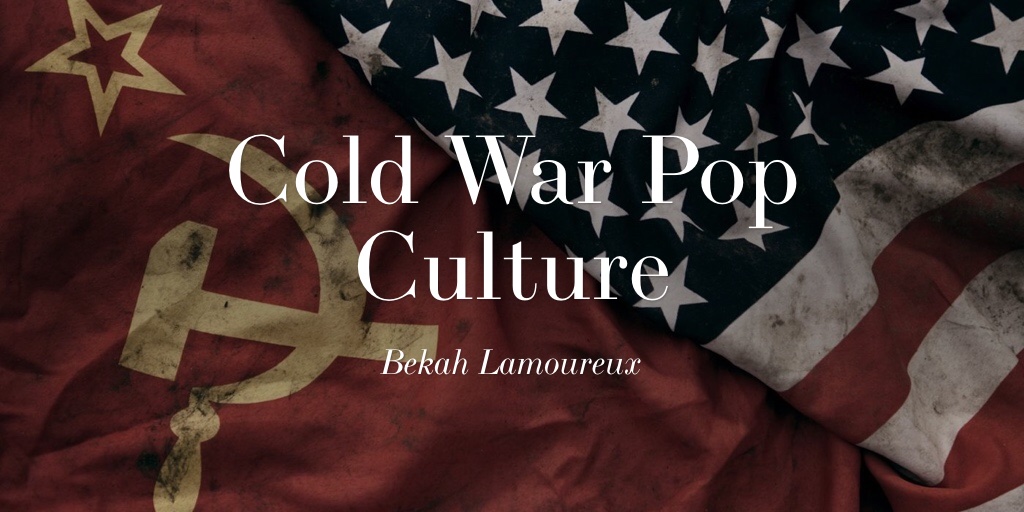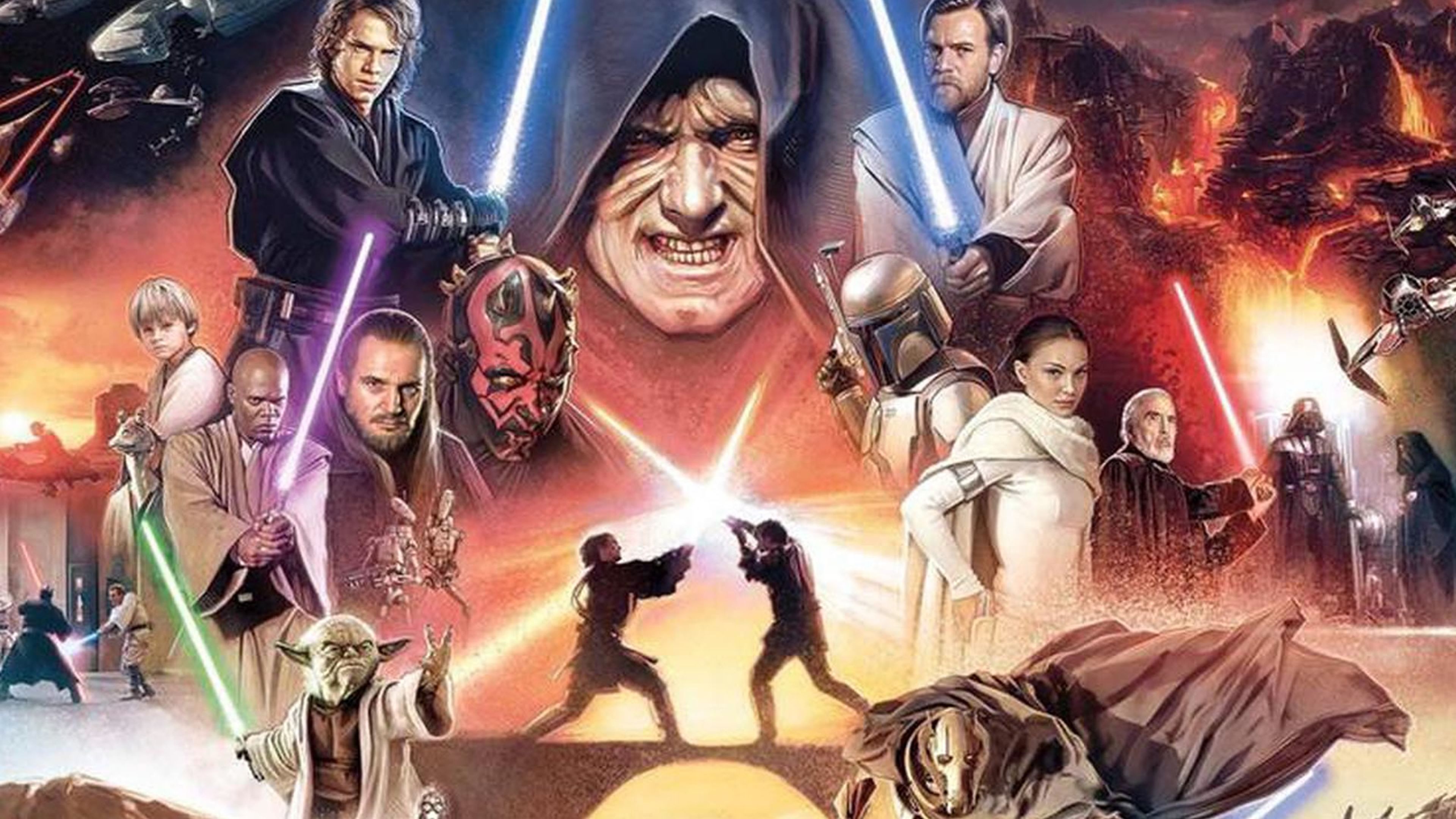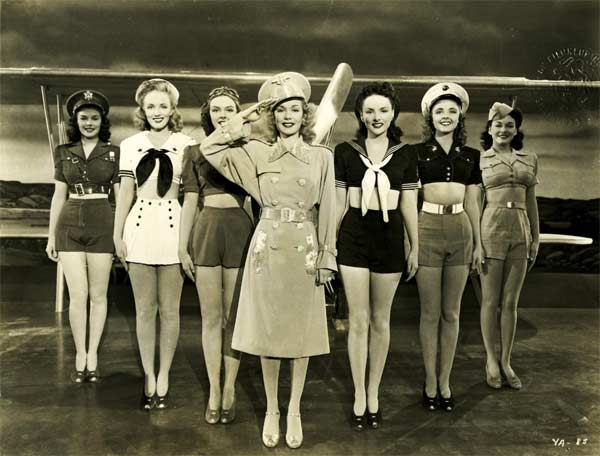
Consuming War: How Pop Culture Captures
Our Attention and Fuels ‘Forever Wars’ (Excerpt)
Tanner Mirrlees / Brown University’s Cost of War Project
Costs of War’s Consuming War research series showcases how, every day, Americans are inundated with cultural products promoting militarism. From movies and video games to sporting events, our attention is often captured by messages that glorify combat while obscuring the deadly realities of war.
The entertainment we consume obscures the costs of war. It often normalizes the military’s central purpose — war-making — by framing it as a shared value, preventing reflection about the choices behind the use of the US military, the treatment of military personnel, and the consequences of US militarism. This project examines how the Pentagon influences cultural creations to promote an ever-growing war machine.
When we are aware of how we are consuming cultural messages, we are better able to resist their effects and ask critical questions about how the US engages in the world. Over the coming months, look for Consuming War reports on the militarization of video games, social media, fashion, music, toys, and sports.

THE MILITARIZATION OF MOVIES AND TV
Tanner Mirrlees1
(February 25, 2025)
- In exchange for the use of military equipment and personnel, movie and TV program producers must comply with Pentagon entertainment policy, including script changes, to align with military goals, including recruitment and public relations.
- Since the inception of the Hollywood entertainment industry more than a century ago, over 2,500 war-themed movies and TV programs have been made with Pentagon assistance.
- Pentagon-assisted movies and TV shows frame US wars as necessary and glorious, downplaying or ignoring the human, social and environmental devastation war causes, particularly for civilians.
- US soldiers are typically cast as noble protagonists while those non-US peoples deemed “enemies” of America are consistently stereotyped.

Popular entertainment, whether made for the big screen or to be digitally streamed through our television sets and devices, often invites us to escape from the toils and tribulations of the real world. Yet within the fantastical action sequences and dazzling special effects of many entertainment products are military stories scripted and war images made not only by movie and TV screenwriters but also shaped by the Pentagon’s own public affairs officers.
In 2023, for example, the Pentagon paid TV studios to integrate military-friendly messaging into widely watched TV programs—including The Kelly Clarkson Show, Guy Fieri’s All-American Road Trip, America’s Got Talent, Downey’s Dream Cars, and The Price is Right—as part of a calculated effort to publicize its image and persuade Gen Z to enlist.2
The Air Force’s Entertainment Liaison Office has assisted hundreds of entertainment productions, from blockbuster movies such as Transformers (2007, 2009), Iron Man (2008) and Top Gun: Maverick (2022) to TV series such as WandaVision (2021) and Air Warriors (2014–2024).3
The source of all of these entertainment productions and many more is what I have called a “DoD-Hollywood complex,” where Pentagon public affairs officers collaborate with creative producers to shape stories and images of the military in movies and TV series in order to influence public perceptions in pursuit of strategic goals.4
Top Gun (198)
Even without the Pentagon’s payment and assistance, entertainment studios and their workers would likely continue producing military-themed movies and TV series, tapping into the presumed commercial viability of deeply rooted cultural ideologies that glorify US military power around the world. When the Pentagon moonlights as Hollywood’s movie and TV script doctor, war stories hit the screen with a blockbuster budget and a hidden political agenda—military propaganda camouflaged as globally popular entertainment.
The DoD-Hollywood Complex:
Military Movie Propaganda
The idea of the Pentagon joining with Hollywood studios to make movies and TV series that aim to influence people’s perceptions of the military around the world might seem like a conspiracy spun from a script—but the historical relationship is as real as the military-themed pop culture it helps manufacture.
For more than one hundred years, the US military has played a leading role in many entertainment productions, both behind the screens and in the scenes, with over 2,500 war-themed movies and TV shows made with Hollywood to serve both the bottom line and military self-promotion.5
Dating to World War I, President Woodrow Wilson enlisted filmmakers to rally public support for US participation in the war. D.W. Griffith’s The Birth of a Nation (1915), which portrayed the Ku Klux Klan as heroes, was supported by Army engineers who provided technical expertise to help stage large-scale American Civil War battle scenes.
The government’s war-time propaganda agency–the Committee on Public Information– established a Division of Films and worked with studios on America’s Answer (1918) and Pershing’s Crusaders (1918) to rally public support. In the interwar years, films like Wings (1927) and Here Comes the Navy (1934) sustained this collaboration.
During World War II, the US government’s war-time propaganda agency—the Office of War Information (OWI)—regarded Hollywood as an “essential war industry” and considered movies as a means to manage minds. As OWI director Elmer Davis stated in 1942: “The easiest way to inject a propaganda idea into most people’s minds is to let it go through the medium of an entertainment picture when they do not realize that they are being propagandized.”6
The OWI’s Bureau of Motion Pictures combined censorship with content directives to ensure movies such as Frank Capra’s Why We Fight series (1942- 1945) would drum up support for the US’s role in the war while suppressing those films depicting the psychological toll of war, such as John Huston’s Let There Be Light (1946).
Frank Capra’s Why We Fight
Early in the Cold War, the Pentagon established its own Motion Picture Production Office (MPPO) to assist numerous war movies, such as The Flying Leathernecks (1951) and The Longest Day (1962). The Vietnam War strained this relationship, but in the 1980s, films like Top Gun (1986), made with extensive Pentagon support, strengthened it. Post-Cold War, Hollywood obsessed over terrorist threats, producing films like True Lies (1994) and Rules of Engagement (2000) that often-stereotyped Muslims and Arabs as terrorists.7
Saving Private Ryan (1998) evoked nostalgia for “good war” patriotism, while JAG (1995–2003) fictionalized US Navy Judge Advocate General (JAG) officers managing court-martial cases and misconduct investigations. The sci-fi series Stargate SG-1 (1997–2007) primed the public for continuous future military conflicts, even in outer space!
After September 11, 2001, the Pentagon worked with Hollywood to build support for the “Global War on Terror” and years later, collaborated on movies like Zero Dark Thirty (2012) and Lone Survivor (2013) and TV series like 24 (2001–2010), NCIS (2003–present), and SEAL Team (2017–present). By the 2020s, the Pentagon continued shaping portrayals
of the military in productions ranging from action thrillers like Mission: Impossible – Dead Reckoning (2023) to Apple TV+’s Masters of the Air (2024) and Prime Video’s The Blue Angels (2024).
Pentagon-Hollywood Partnerships
Today the relationship between the Pentagon and Hollywood is regimented and professionalized. The DoD’s Public Affairs agency runs an Entertainment Media Office (EMO), and this is the central coordinating agency for military-Hollywood collaborations.8 The DoD explains it supports “studios, production companies, producers, directors, screenwriters, location managers, actors, and filmmakers in the production of both scripted and unscripted films.”9
Each military branch also operates its own entertainment liaison office. They are the primary point of contact between producers looking to partner with the military on a movie or TV production, and military public affairs officers enthusiastic about helping to script entertainment that puts the military before the public in the most positive light.10
Why do profit-driven entertainment companies so often partner with the military’s influencers, and vice versa?
Primarily, studios collaborate with the Pentagon because it gives them a significant financial incentive to do so in the form of free or low-cost military equipment to shoot, which is in effect a subsidy. Movie and TV production is a risky business, with high budgets and no guaranteed returns, so studio heads seek ways to reduce production costs while backing potentially profitable entertainment.
When studios aim to make “militainment,” the cost of acquiring or operating the weapons systems that appear in the scenes—such as jets, battleships, tanks, and helicopters—would be astronomically high, often exceeding the total budget of a TV series or movie.
A single F-35 fighter jet costs over $80 million, while the average production budget for a TV episode falls between $2 and $5 million. The USS Gerald R. Ford aircraft carrier cost US taxpayers approximately $13.3 billion, with daily operational costs running into the millions of dollars. In comparison, the typical budget for a war movie ranges from $50 million to $100 million.
Partnering with the Pentagon gives studios access to military advisors, as well as technologies and the personnel to operate them, making the production of war-themed movies and TV series feasible.
The Pentagon also frequently grants studios access to military locations—bases, barracks, and training grounds—that can serve as ready-made sets. It provides US officers and troops, who can double as extras and whose regular salaries are paid by taxpayers, not the studios. Additionally, the military offers what are effectively free consulting services by providing expertise on military protocols, operational systems, jargon, drill routines, and the intricacies of portraying battlefield strategies and tactics.
With all these incentives, studios frequently opt to partner with the military’s entertainment offices, even scripting and pitching movie and TV show concepts with the Pentagon’s entertainment policy in mind.11 This collaboration requires Hollywood producers to comply with Instruction 5410.16, which says entertainment outputs should support “national interests” by contributing to public understanding of the military and aid its recruitment and retention programs.
Collaboration also frequently requires script changes that can result in historical revisionism and play a role in helping the military purvey idealized images of itself and the contentious wars it wages. In the original Top Gun (1984) script, Maverick’s friend Goose dies in a fiery midair collision. But the Navy wasn’t having it—deeming the scene bad for recruitment, they insisted on a rewrite. The result? A new, less damning version of Goose’s death that kept the military’s image intact.12
In GoldenEye (1995), the nationality of an admiral seduced and killed by a villain was changed from US to Canadian to avoid tarnishing the image of US military personnel.13 Black Hawk Down (2001) emphasized the heroism of US soldiers during the 1993 Battle of Mogadishu, Somalia, while omitting or downplaying their killing of civilians. The Iron Man (2008) script was changed to remove Tony Stark’s overt criticism of the military.
Across many movies and TV series, such as JAG and NCIS, the military has requested and received significant script changes. According to David Robb, who documented many of these script changes, “We may think the content of American movies is free from government interference, but in fact, the Pentagon has been telling film-makers what to say–and what not to say–for decades.”14
Under Pentagon influence, the script of Godzilla (2014) underwent a striking transformation—shifting from a critical take on the US military’s use of nuclear weapons in World War II to a more favorable portrayal. The original script of Godzilla included references to the US’s atomic bombings of Hiroshima and Nagasaki, but these were removed by the producers to secure military assistance.
One key change involved deleting a Japanese character’s reference to his grandfather surviving Hiroshima—a decision influenced by Pentagon notes stating, “If this is an apology or questioning of the decision to bomb Hiroshima and Nagasaki, that will be a showstopper for us.”15 In the end, the movie portrays nuclear weapons as a heroic force for saving the world, with Godzilla—originally a symbol of the nuclear devastation of Japan—revived by a nuclear blast and fighting alongside the US military against two parasitic monsters.
[Read the complete report and footnotes online at this link]
Tanner Mirrlees is Associate Professor of Communication and Digital Media Studies, Ontario Tech University. Email: tanner.mirrlees@ontariotechu.ca. David Vine, Stephanie Savell, and Mimi Healy are editors of the Consuming War research series.